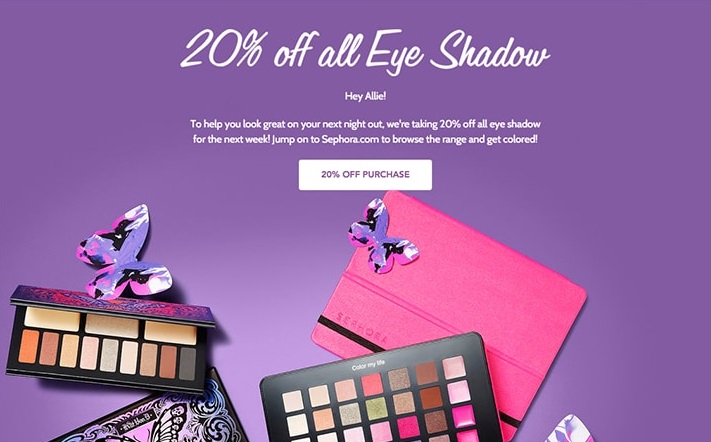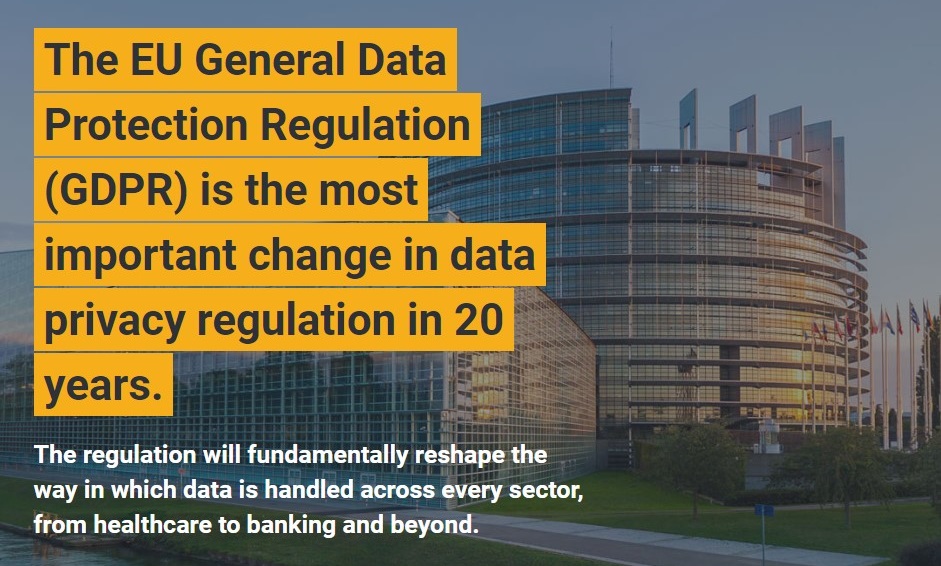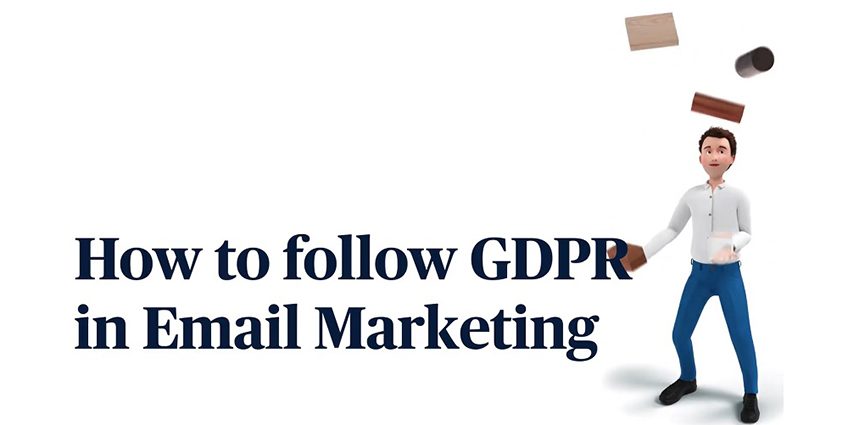Introduction: Email Marketing Laws and Regulations
One of the most successful marketing platforms accessible today is email. It’s really simple to get started, and today’s email marketing tools make it easy for marketers of all skill levels to develop a campaign, upload a list, and send it out.
However, before you start sending out campaigns, it’s a good idea to have a basic awareness of the regulations governing email marketing to guarantee your campaigns don’t violate any of them. Continue reading to discover about the regulations governing email marketing and what you must do to guarantee that your email marketing campaigns adhere to them.
What are the rules and regulations regarding email marketing?
There are a variety of rules that govern the use of email marketing for commercial reasons. It’s the CAN-SPAM legislation in the United States, the CASL regulations in Canada, and the Privacy and Electronic Communications Regulations of 2003 in the United Kingdom.
All of these regulations impose a number of requirements on email marketers in order to avoid substantial penalties. While this may seem frightening, if you’re a real firm utilizing a suitable email marketing technology to conduct legitimate email campaigns, you’re probably already in compliance.
Such regulations are primarily aimed at spammers and are intended to prohibit them from obtaining people’s email addresses without their consent and spamming them with unwanted emails. However, there are a few intricacies in the regulations that even the best-intentioned marketers might inadvertently breach, so it’s critical to be aware on how to be compliant.
What must I do to comply?
The following is a brief list of things marketers like you can take to guarantee your campaigns comply with all global regulations.
1. Confirm that you have authorization to email everyone on your list.
Most countries’ email marketing rules require individuals to give you permission to contact them before you can send them campaigns. Permission is defined differently in each country’s laws, but there are two forms of permission: inferred permission and explicit permission.
Implied authorization refers to people with whom you already have a commercial connection. This may be because they are a current client, make a charitable donation, or are an active member of your website, group, or community.
If you do not have implied permission to email someone, you must get explicit permission. When someone expressly grants you permission to send them email campaigns, they may do so by putting their email address in a subscribe form on your website or submitting their data into your in-store newsletter subscribe form.
Freshbooks’ method exemplifies how to get explicit consent to contact individuals.
Once visitors visit their blog, Freshbooks displays a pop-up asking them to subscribe to their email list in order to get immediate access to an eBook on company development. People give Freshbooks explicit permission to contact them by putting their email address in the box, and Freshbooks is able to establish a big email list that conforms with worldwide anti-spam legislation.
2. Do not utilize deceptive header information.
The term “header information” refers to any additional information sent with your email campaign, such as the “from” name, subject line, and reply-to address. Email marketing rules require that you do not add false or misleading information in these areas in order to fool individuals into opening your email messages.
Converse does an excellent job of adhering to the rules. They put their firm name in the “from” area to make it apparent who is sending the email, and they use a subject line that represents the substance of the email to avoid misunderstanding. The goal is not to fool your recipients on intentionally. Arousing curiosity or being inventive with your subject line is OK as long as you don’t intentionally aim to fool receivers.
3. Mark your email as an advertising.
According to CAN-SPAM regulations, you must clearly and conspicuously state that your communication is an advertising. The legislation allows you a lot of flexibility in how you do this, and you don’t have to explicitly mention “This email is an advertising” every time you conduct a campaign. It’s more about not misleading your receivers into believing this is a personal email on purpose.
Sephora excels at this with their email marketing efforts.

They don’t explicitly mention that this campaign is an advertising, but by using their business name as the “from” name and the subject line “Get 20% Off All Eye Shadow,” they make it plain to recipients that this is a commercial communication and not a personal email from a friend.
4. Include your mailing address
Most nations’ email marketing rules require you to provide a genuine postal address for your company in your email messages. This might be your current street address, a postbox address, or a registered commercial mail-receiving company’s address. BuzzFeed abides with this regulation in all of their campaigns by putting the location of their New York office at the bottom of each.
It’s simple to include your physical address in your email campaigns if you’re an Iscope client. Every design in our collection provides an area in the email footer for you to enter the information, and you just click and update it right there in the email before sending.
5. Provide a means for people to opt out of getting future communications from you.
Most nations’ email marketing regulations require that your email campaigns contain a clear and prominent option for opting out of receiving future emails from you, and that this mechanism is simple for a layperson to detect and comprehend.
6. Respond to opt-out requests as soon as possible.
The CAN-SPAM laws require you to honor a recipient’s opt-out request within 10 business days, and you cannot charge a fee to opt them out, require the recipient to provide you with any personally identifying information other than an email address, or require the recipient to take any action other than sending a reply email or visiting a single page on an Internet website to opt out.
Rip Curl’s efforts go above and beyond the letter of the law. They add an unsubscribe link in the footer of every campaign that removes a subscriber from the list immediately before redirecting them to a confirmation page that informs the receiver that they have been unsubscribed.
Other information email marketers should be aware of
Most marketers can guarantee their emails are compatible with worldwide anti-spam legislation by following the six steps outlined above. However, not every circumstance is the same, and there are a few quirks in these rules worth discussing in case they relate to your particular situation. These are some examples:
Even if you do not send campaigns personally, you are liable.
Even if you outsource your email marketing efforts to a third party (such as a site design or marketing firm or a freelance contractor), you are still responsible for ensuring that the campaigns launched on your behalf are compliant, according to the law.
So, if you outsource the production and distribution of your campaigns, be sure you evaluate them before distributing to ensure that the aforementioned guidelines have been followed. Similarly, if you work for an agency and create campaigns on behalf of your clients, make sure you follow the guidelines outlined above to avoid getting in trouble and losing their business.
Email rules are less stringent for transactional emails.
The majority of anti-spam rules across the globe are intended to regulate the sending of commercial email marketing communications, and they apply to any newsletters, marketing announcements, or promotional campaigns your company may send.
Transactional emails, on the other hand, are typically immune from these regulations. So, if you send order confirmations, shipment confirmations, password reset emails, and so on (which are intended to offer information about an existing purchase or membership), these emails are excluded from the anti-spam laws described above.
Many of the ideas offered in this book are also general best practices that assist avoid your receivers from misinterpreting your emails, so it’s advisable to integrate them into your transactional emails regardless.
GDPR email marketing: anti-spam, rules, and more
As the internet has expanded in popularity, legislation to manage data flows and privacy standards have been created. The EU General Data Protection Regulation (GDPR) is being billed as the most comprehensive regulation of its type to date.

Source EU GDPR
These regulations were authorized on April 14, 2016, and marked the start of a campaign to alter the way data integrity was seen. With more information than ever before floating around cyberspace, it was vital to develop standards for protecting the privacy of users’ sensitive information.
These measures might be compared to anti-email spam legislation. Knowing the email marketing rules and regulations helps marketers guarantee that their activities are legal. But how much of an impact will GDPR have on email marketing?
These are some of the most crucial email laws and rules to know. The first consideration is what constitutes personal data. According to the GDPR website, this might range from names and images to sensitive medical information or the user’s IP address. However, the majority of emails individuals get are commercial rather than personal.
Permission is one of the most crucial things to remember when it comes to email marketing, especially for promotional purposes. For opt-in offers and other comparable techniques, you must ensure that you have authorization from subscribers. In rare circumstances, you may need to get approval more than once.
Automatically clicking opt-in boxes on offers was a frequent approach for email marketers to get users on their mailing list. A person may have agreed to receive just one email or complete only one transaction, but they were automatically signed up for offers they did not want.
This is a popular anti-spam strategy since it prevents individuals from receiving unwanted emails. Simply ask whether your subscribers wish to receive emails if you are unsure.
Are unsolicited emails against the law?
Whether you’re sending emails and aren’t sure if you’re following all requirements, there’s a simple step you can do. GDPR isn’t the only regulation affecting email use. The CAN-SPAM Act of 2003 (enacted in 2004) mandates you to provide your company’s contact information in every unsolicited email. You should also give a way to opt out of getting future emails.
Concluding
Before you start sending messages for your company, it’s critical that you understand the regulations around email marketing and how to comply with them.
- Anti-spam procedures should be familiar to all marketers.
- Before sending emails, learn about GDPR and the CAN-SPAM Act.
- If you’re unsure if your subscribers want to continue subscribed, ask them.
Compliance with these standards is made simple by using email marketing software such as Iscope’s EmailWizz. You receive the tools you need to create your email list correctly, and the software manages the unsubscribe process and backend list maintenance for you to guarantee you satisfy campaign unsubscribe criteria.
Legitimate marketers like you can simply send campaigns that fulfill the legal standards and create results for your company by combining a professional email marketing platform with some basic common sense surrounding the usage of the subject line and “from” name.



